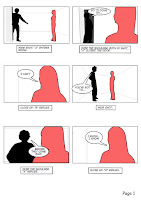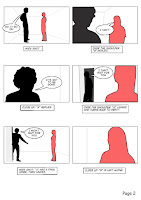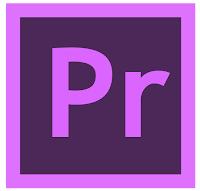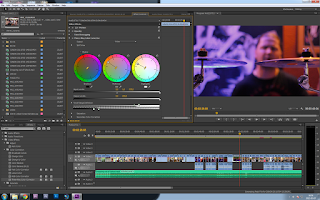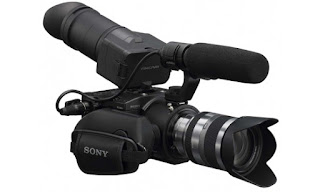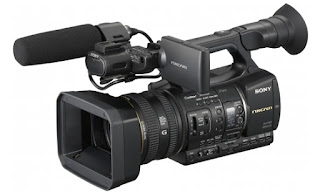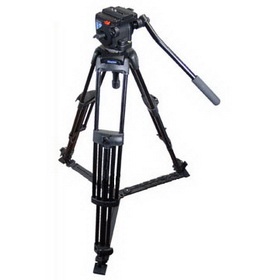Feedback
Matt liked the idea overall especially the answer phone messages in the background and the whole sequence being filmed in one-take. However, Matt said that some of the ideas will be really hard to shoot, for example the long path tracking shot as it will be very time consuming as we only have one day to shoot. Matt suggested that we could attempt with the best image stabilization equipment we could find as long as we have a story board ready in case we decide to shoot the whole house mise-en-scene in a sequence. He also told us that we need to do a lot of preparation in order to fit all of the shots in the actual shoot day as we need it keep it within one day. The photographs, broken mirror, red paint splattered in dusk sheet have to be ready before the shooting day which will make our shooting time as efficient as possible.












